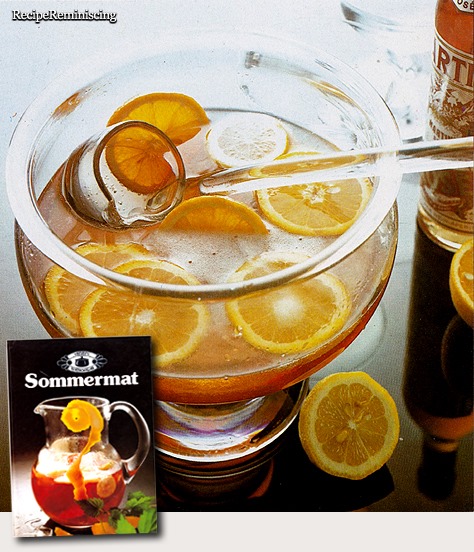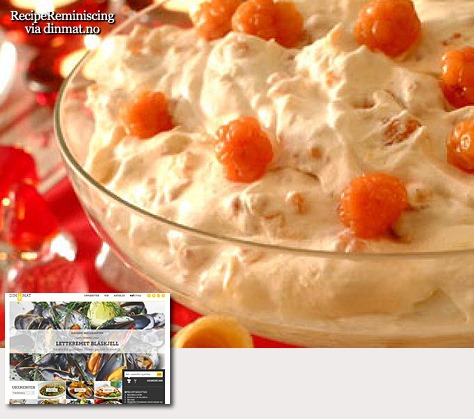
Sinalco advertising on a Wall in Berlin, 1909
 Sinalco is a popular brand of non-alcoholic drinks first marketed in 1902, with sales in now more than 40 countries. Sinalco is the oldest soft drink brand in Europe. It is produced by Sinalco International, a company head- quartered in Duisburg, Germany.
Sinalco is a popular brand of non-alcoholic drinks first marketed in 1902, with sales in now more than 40 countries. Sinalco is the oldest soft drink brand in Europe. It is produced by Sinalco International, a company head- quartered in Duisburg, Germany.
In 1902, German scientist Friedrich Eduard Bilz invented "Bilz Brause", a sherbet powder, and started to sell it in partnership with industrialist Franz Hartmann. As imitations started to appear,  they held a prize competition for a brand name, and chose "Sinalco" (an abbreviation of the Latin sine alcohole, "without alcohol"). As one of the first beverage brands, Sinalco came to be exported worldwide, particularly to South America and the Middle East. The red circle trademark was registered in 1937. A distinctively-shaped bottle was launched in the 1950s, and updated at the end of the century. Besides the original Sinalco Orange, today the company also bottles Sinalco Cola and a few other kinds of soft drinks. In Germany, it is the third most popular soft drink, after Fanta and Sprite.
they held a prize competition for a brand name, and chose "Sinalco" (an abbreviation of the Latin sine alcohole, "without alcohol"). As one of the first beverage brands, Sinalco came to be exported worldwide, particularly to South America and the Middle East. The red circle trademark was registered in 1937. A distinctively-shaped bottle was launched in the 1950s, and updated at the end of the century. Besides the original Sinalco Orange, today the company also bottles Sinalco Cola and a few other kinds of soft drinks. In Germany, it is the third most popular soft drink, after Fanta and Sprite.

Products
Sinalco’s basic line of 
products include:
- Sinalco Cola
- Sinalco Orange
- Sinalco Bitter Lemon
- Sinalco Lemon Lime
- Sinalco Cloudy Lemon
- Sinalco Special
- Sinalco Apple
- Sinalco Rosso
- Sinalco Fresco
- Sinalco Caribico
- Sinalco Proset Beer
In context:
Sherbet history
 Beginning with the 19th century sherbet powder (soda powder) became popular."Put a spoonful of the powder in a cup of water, mix it and drink it as soon as possible, during the time of sparkling. … Because this way the most of acid of air is lost … it is more practicable to put the powder into the mouth and flush it with some water." 2 g of sodium bicarbonate and 1.5 g of tartaric acid were separately packed in little coloured paper bags.
Beginning with the 19th century sherbet powder (soda powder) became popular."Put a spoonful of the powder in a cup of water, mix it and drink it as soon as possible, during the time of sparkling. … Because this way the most of acid of air is lost … it is more practicable to put the powder into the mouth and flush it with some water." 2 g of sodium bicarbonate and 1.5 g of tartaric acid were separately packed in little coloured paper bags.
Ingredients
Sherbet is a fizzy powder, containing sugar and flavouring, and an edible acid and base. The acid may be tartaric, citric or malic acid, and the base may be sodium bicarbonate, sodium carbonate,magnesium carbonate, or a mixture of these and/or other similar carbonates . To this is added a large amount of sugar to mask the unappetising flavour of the reactive powders, and fruit or cream soda flavouring.
The acid-carbonate reaction occurs upon presence of moisture (juice/saliva). Sherbet used to be stirred into various beverages to make effervescing drinks, in a similar way to making lemonade from lemonade powders, before canned carbonated drinks became ubiquitous. Sherbet is now used to mean this powder sold as a sweet. (In the United States, it would be somewhat comparable to the powder in Pixy Stix or Fun Dip, though having the fizzy quality of effervescing candy, such as Pop Rocks.)
Text from Wikipedia

 Wallenbergare is a luxury patty which consists of finely ground veal. Other ingredients include: cream, egg yolks, salt, pepper and fresh breadcrumbs. Wallenbergaren should be fried very lightly and be light inside and only light brown on the surface. Wallenbergare is often served with boiled potatoes or mashed potatoes, cranberry jam and green peas.
Wallenbergare is a luxury patty which consists of finely ground veal. Other ingredients include: cream, egg yolks, salt, pepper and fresh breadcrumbs. Wallenbergaren should be fried very lightly and be light inside and only light brown on the surface. Wallenbergare is often served with boiled potatoes or mashed potatoes, cranberry jam and green peas. 















![the-weekend-social-badge-small-msp-1[1] the-weekend-social-badge-small-msp-1[1]](https://recipereminiscing.files.wordpress.com/2014/08/the-weekend-social-badge-small-msp-119.png?w=100&h=100)





















![the-weekend-social-badge-small-msp-1[1] the-weekend-social-badge-small-msp-1[1]](https://recipereminiscing.files.wordpress.com/2014/08/the-weekend-social-badge-small-msp-118.png?w=100&h=100)